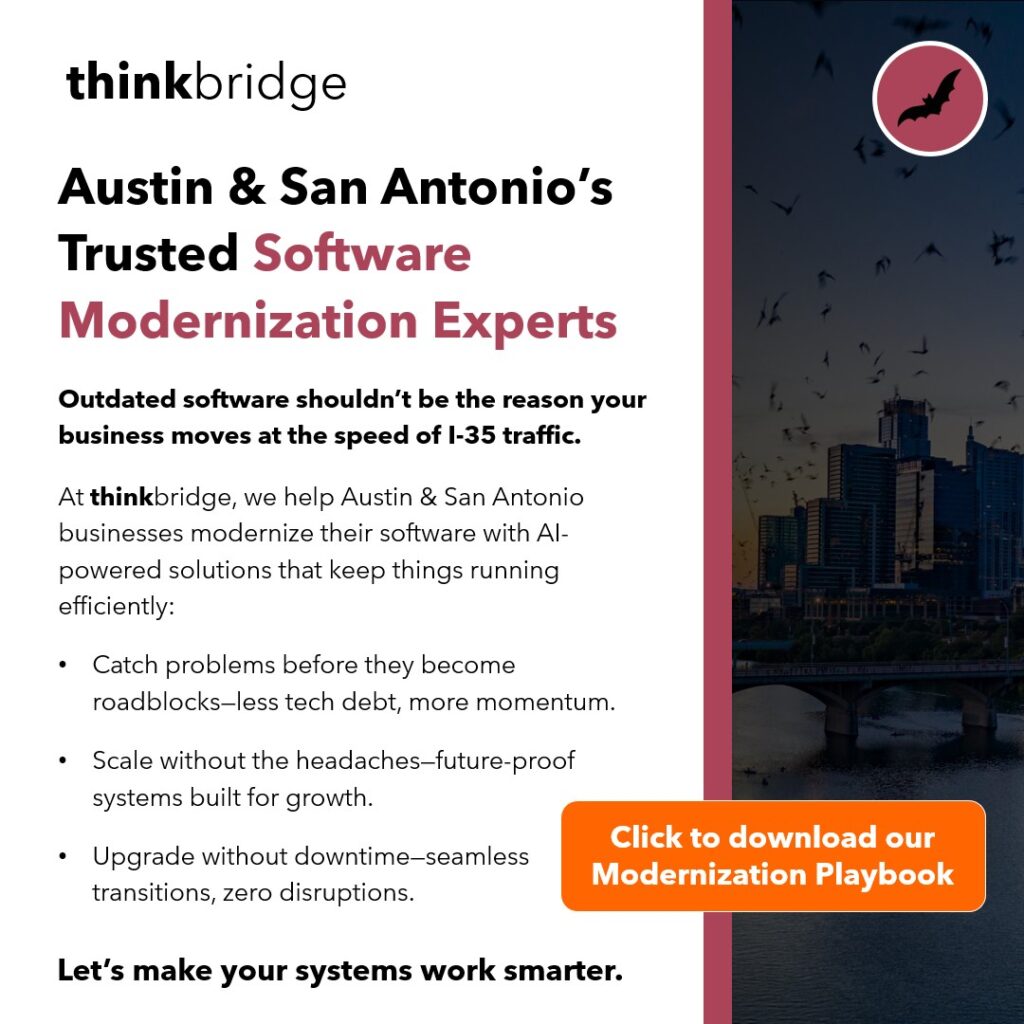
Brian Sharples, CEO of HomeAway
Be paranoid, curious, strategic and humble.
Those are just a few of the secrets of being a successful entrepreneur, according to Brian Sharples, CEO of Austin-based
HomeAway. He gave an insightful speech recalling some of the lessons of his life at
Capital Factory’s Demo Day recently.
“I’ve been an entrepreneur all of my life,” Sharples said. “I’ve had some that haven’t worked out at all and some that have worked out OK.”
For some reason, from the beginning, HomeAway has just exceeded expectations, Sharples said.
“A lot of that is because we do have a very seasoned group of people,” he said.
Sharples founded HomeAway in 2005. It is a vacation rental marketplace that matches homeowners with property managers and travelers interested in renting a home.
“HomeAway was a very big idea to take a huge market and try to consolidate it on a worldwide basis,” Sharples said.
The idea came to Sharples on a vacation. He had just finished with another startup IntelliQuest Information Group, a supplier of marketing data and research to Fortune 500 technology companies. He decided to take a few years off and travel around the world with his wife and three kids.
“We like to stay in houses more than hotels,” he said. “It gives us a lot of space to run around.” But finding properties in Southern France and Italy to lease was not easy. He had to find property managers and make arrangements with each individual.
“As an entrepreneur, I’m always trying to figure out what’s the next thing,” Sharples said. That’s generally a problem he encounters daily or something that irks him. The vacation rental marketplace was a problem that needed a better solution, he said.
“It just kept nagging at me why wasn’t there an Expedia for vacation homes?” So he decided to create one.
But he drew from his experience and his failures at other entrepreneurial ventures. Like the time he borrowed $1 million from some venture capitalists to corner the used car market by creating massive events at football stadiums around the country. He built an enormous structure in San Francisco.
“The day we opened a freak storm and tornado blew in with 75 miles an hour winds,” Sharples said. “It just completely leveled the place. No one died. But a lot of cars got destroyed.”
“And long story short, I lost the first $1 million I ever took in about three hours,” he said. “I learned very quickly that you not only have to have a good idea but one that can be executed. You have to have a good plan.”
Investors are looking for a great idea combined with a terrific plan for execution, he said.
Since then, he’s had incredible paranoia about managing risk.
“I learned that day that I didn’t spend enough time thinking about risk,” he said. “I didn’t buy the right insurance policy.”
So when he started Homeaway, he thought a lot about managing risk. He wanted to find out who tried and failed at creating a home rental marketplace.
“Looking at competition is such an important thing,” he said.
Before putting the HomeAway business plan together, Carl Shephard and Sharples spent five months talking to everyone they could find about the vacation rental market. They knew nothing.
“We talked to customers. We talked to suppliers. We learned a lot of cool stuff,” Sharples said.
They also discovered that in 1999, Expedia bought the VacationSpot and paid a ton of money for it around $75 million. A year later it went out of business. So they hunted down Rich Barton, ex-CEO of Expedia, to find out why VacationSpot failed. They flew out to Seattle and met at a café with Barton and two members of his former management team. They told how they tried to turn the business into a hotel business. Within a year, the company was gone. None of the customers wanted to deal with that kind of a model.
“Customers in this business preferred a marketplace model because they were dealing with their personal homes and personal possessions,” Sharples said. “They wanted to talk to the people they were renting their houses out to. Travelers wanted to talk to the owners too.”
“It was a business where the conversation was really, really important,” Sharples said.
“The best model for our business was a super, super boring model. It wasn’t sexy technology. It was a marketplace model bringing together buyers and sellers.”
Since launching, HomeAway has raised $405 million in private funding and acquired 17 websites. The company recently went public and has a market valuation of $3 billion.
Business is about game theory and planning for the future, Sharples said.
“When you introduce your company, five competitors may react to it. Some may over react to it. Venture capitalists may react to it,” Sharples said. ““This is a great time to be an entrepreneur. There’s a lot of money out there. But I’ve never seen such a fast follow market.”
For example, about 18 months after Groupon launched, it saw 100 competitors spring up, Sharples said.
Sharples started HomeAway when he was 44.
“There is no way if I started the company in my 20s or 30s, the company would be as successful,” he said.
Age and experience play a big part in creating a successful venture, he said.
“The stuff that you messed up makes you good,” he said. “The lessons you learned in life.”
Sharples advised new entrepreneurs to surround themselves with as much experience as possible.
“It’s really critical when you’re a young company,” he said.
Also, it’s important to hire people to complement your skill set, he said. Also, investors want to see humble entrepreneurs.
“It’s OK to say you don’t know everything,” he said.
At the same time, you have to be a little cocky. You have to show your passion. You have to answer the question “What’s your higher purpose?”
“One thing I love about our company is it’s a travel business. It makes memories. It’s about happiness. It’s about making people money,” Sharples said. About 600,000 people transact between $7 billion to $10 billion in revenue on HomeAway, he said.
“What is that higher purpose? What are you aiming for long term,” he said. “If you don’t have that passion, you won’t attract investors. It’s not just about the exit strategy and how are you going to make money.
There are a handful of high profile companies that get funded with lots of money and they haven’t figured out how to make money. That isn’t the real world.
“You have to know how your business is going to make money,” he said.
Video courtesy of Capital Factory:

